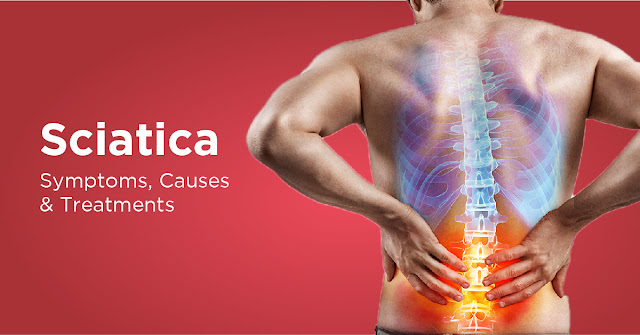Sciatica Market Information:- Global Analysis , Research Report , And Forecast Till 2028

The global sciatica market is predicted to reach USD 18.9 billion by 2028, with a compound annual growth rate (CAGR) of 8.0 percent between 2021 and 2028.
Sciatica is a condition in which the lumbar or sacral nerves become irritated, causing pain to radiate down the leg. Activities like heavy lifting and jerky motions might cause sciatica. The disorder, on the other hand, can grow over time. Typically, sciatica symptoms occur on one side of the body, though discomfort can develop on both sides in some circumstances. Other signs of sciatica include limb weakness or numbness, burning or tingling down the affected leg, and continuous discomfort on one side of the back. Spondylolisthesis, back or buttock muscular spasms, spinal stenosis, piriformis syndrome, pelvic tumours, pregnancy, and other conditions can cause sciatica. In around 90 percent of cases, however, a herniated disc in the spine is the primary cause of sciatica.
In over 90% of instances, sciatica will resolve on its own. However, it can cause excruciating agony, necessitating surgical intervention. If complications arise, such as bowel or bladder issues, surgery may be required. Sciatica affects 40% of the population at some point in their lives. Sciatica is most common in persons in their 40s and 50s, and males are more likely than women to be affected.
The growing population, more screening, rising incidence of geriatrics, rising safety and success of pharmacological therapy, and the excruciating nature of the pain are all market drivers for the worldwide sciatica market. The problems of surgery, such as the danger of bleeding, infections, discomfort, and the high cost of sciatica therapy, are market barriers.
The global sciatica market is divided into four categories: kinds, medication treatments, devices, and end users.
The sciatica market has been classified into L4 nerve root sciatica, L5 nerve root sciatica, S1 nerve root sciatica, and others based on the types.
The market has been classified into anaesthetics, pain relievers, muscle relaxants, antidepressants, steroids, and others based on the medications.
In over 90% of instances, sciatica will resolve on its own. However, it can cause excruciating agony, necessitating surgical intervention. If complications arise, such as bowel or bladder issues, surgery may be required. Sciatica affects 40% of the population at some point in their lives. Sciatica is most common in persons in their 40s and 50s, and males are more likely than women to be affected.
The growing population, more screening, rising incidence of geriatrics, rising safety and success of pharmacological therapy, and the excruciating nature of the pain are all market drivers for the worldwide sciatica market. The problems of surgery, such as the danger of bleeding, infections, discomfort, and the high cost of sciatica therapy, are market barriers.
The global sciatica market is divided into four categories: kinds, medication treatments, devices, and end users.
The sciatica market has been classified into L4 nerve root sciatica, L5 nerve root sciatica, S1 nerve root sciatica, and others based on the types.
The market has been classified into anaesthetics, pain relievers, muscle relaxants, antidepressants, steroids, and others based on the medications.

Comments
Post a Comment